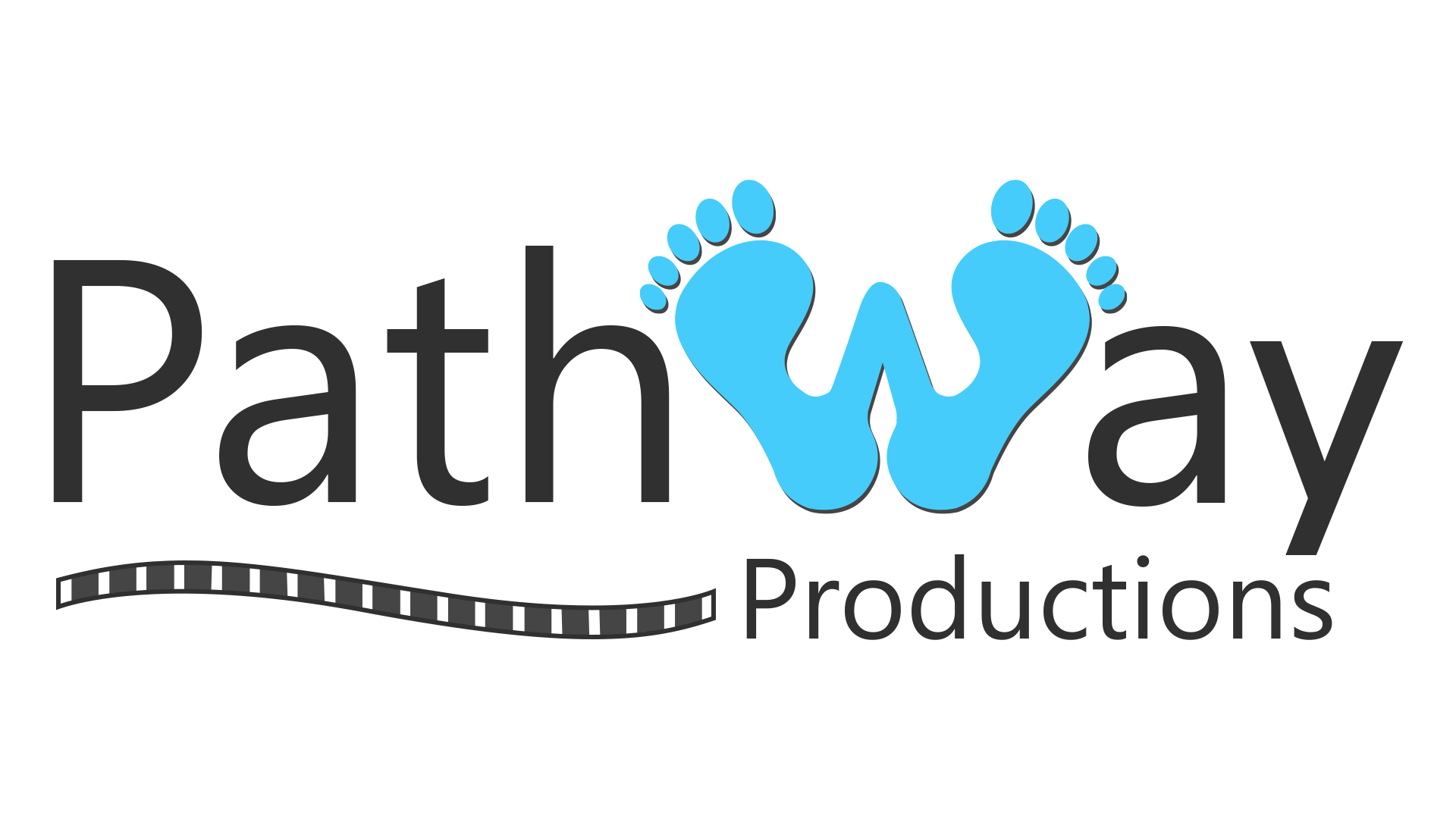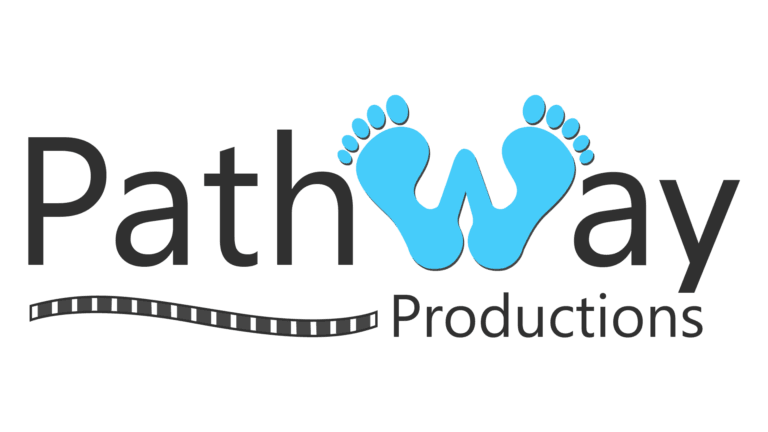Welcome to the world of ad films, where every second counts, and viewer engagement is the ultimate goal. In this fast-paced realm, the role of editing is nothing short of pivotal. Editing is the art of crafting a compelling narrative that captures and retains viewers’ interest, making it an indispensable tool in the advertising industry. Here, we explore how editing plays a crucial role in ad films and the techniques that make it effective.
1. Conveying Information in Limited Timeframes
In the world of advertising, time is of the essence. Advertisements are often confined to mere seconds, and this is where editing shines. Quick cuts between scenes and lines of dialogue help condense substantial content into a compressed duration. This accelerates the pace of the advertisement and ensures that viewers receive a concentrated dose of the message. To see how this works, check out our ad film here.
2. Tailoring Editing to the Advertisement’s Nature
The nature of the advertisement dictates the editing approach. The central message must capture and sustain the viewer’s attention. Continuity is key; scenes should flow seamlessly to intensify the emotional response. For example, in comedic ads, editing amplifies comedic timing, while emotional sequences demand seamless editing to deepen the connection between the viewer and the narrative. See it in action in our ad film here.
3. The Power of Sound and Visual Synchronization
In advertising, what the audience hears is as crucial as what they see. Sound and visuals work together to evoke emotions and convey the message effectively. When editing syncs with the rhythm of the audio, a powerful synergy emerges, creating a profound connection with the audience. Experience this harmony in our ad film here.
4. Enhancing Engagement through Sensory Anticipation
One effective editing technique is the overlap of audio from one shot to the previous one. This creates sensory anticipation, heightening engagement and guiding the viewer’s attention seamlessly. In dialogues between characters, the use of L-cuts, where audio from one shot continues into the next, imparts a natural conversational flow, drawing viewers into the narrative.
5. Targeting Specific Audiences through Editing
Editing is the bridge to different demographics. Every audience responds differently to visual and auditory cues. Effective editing involves orchestrating elements that resonate with the intended viewers, fostering relatability and connection.
6. Maintaining Viewer Engagement
Sustaining viewer engagement is essential. Ad films must strike a balance between information, aesthetics, and action. Effective editing involves strategically interspersing action sequences, emotionally resonant moments, and key information to construct a holistic and compelling narrative. This ensures viewers stay engaged until the very end.
In conclusion, editing in ad films is an art form that goes beyond technical manipulation. It is the craft of storytelling, leveraging visual and auditory dimensions to create a cohesive and impactful narrative. Techniques like quick cuts, rhythmic synchronization, audio overlap, and tailored styles make editing the linchpin that transforms an advertisement into an immersive experience, leaving an indelible mark on the audience. To see our work in action, explore our ad films, and experience the magic of editing firsthand. Click here to watch our latest ad film.




